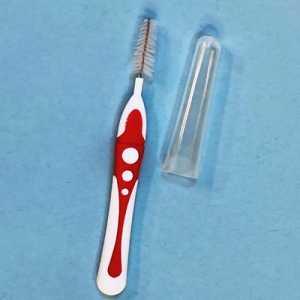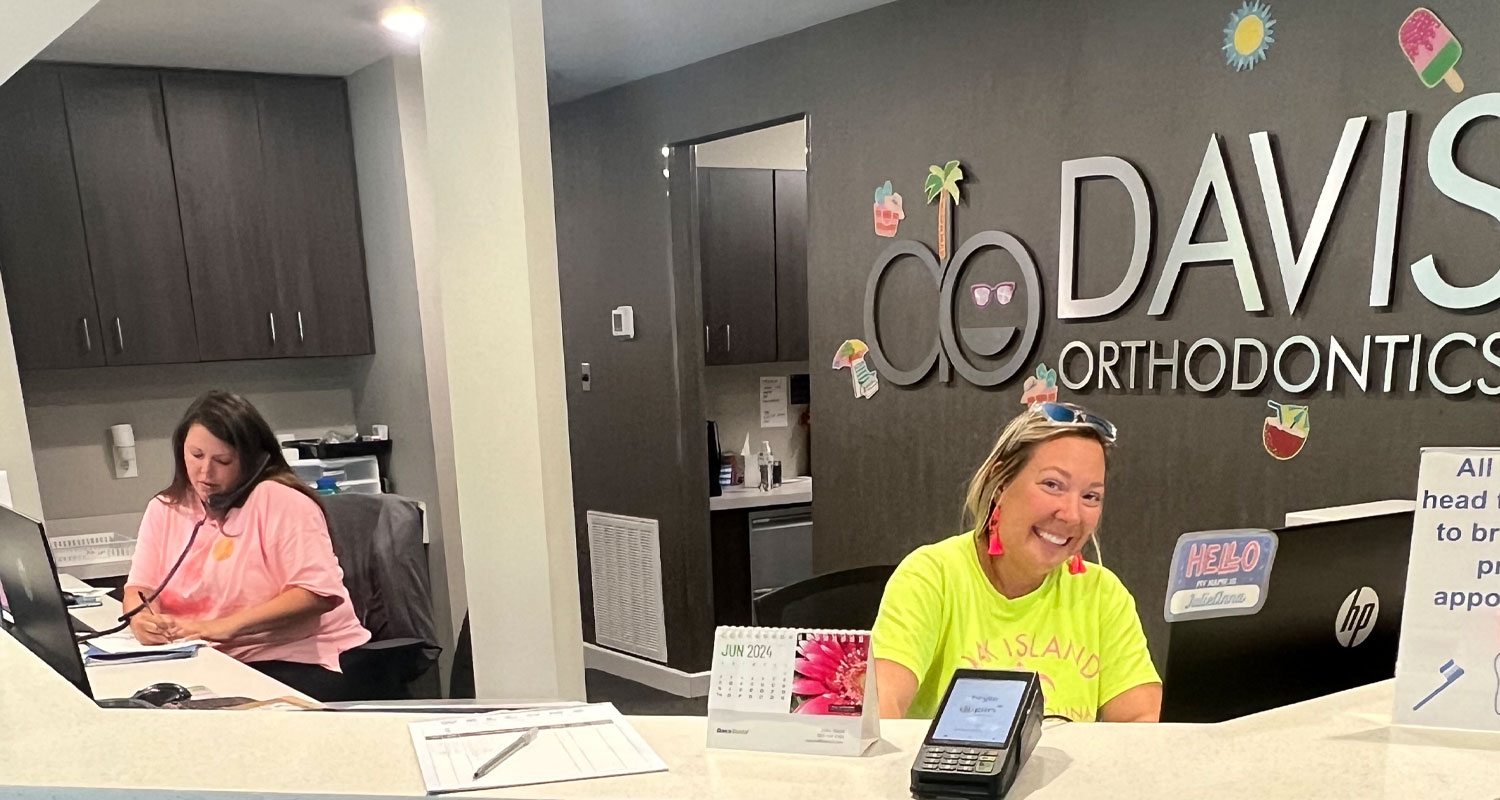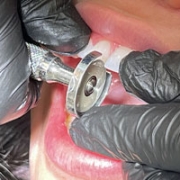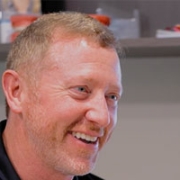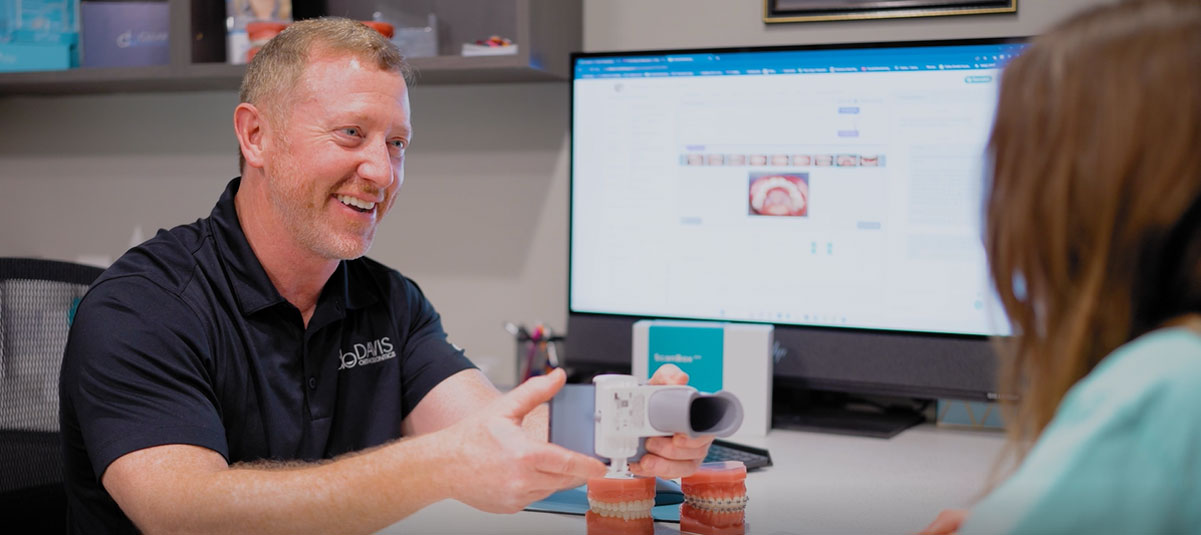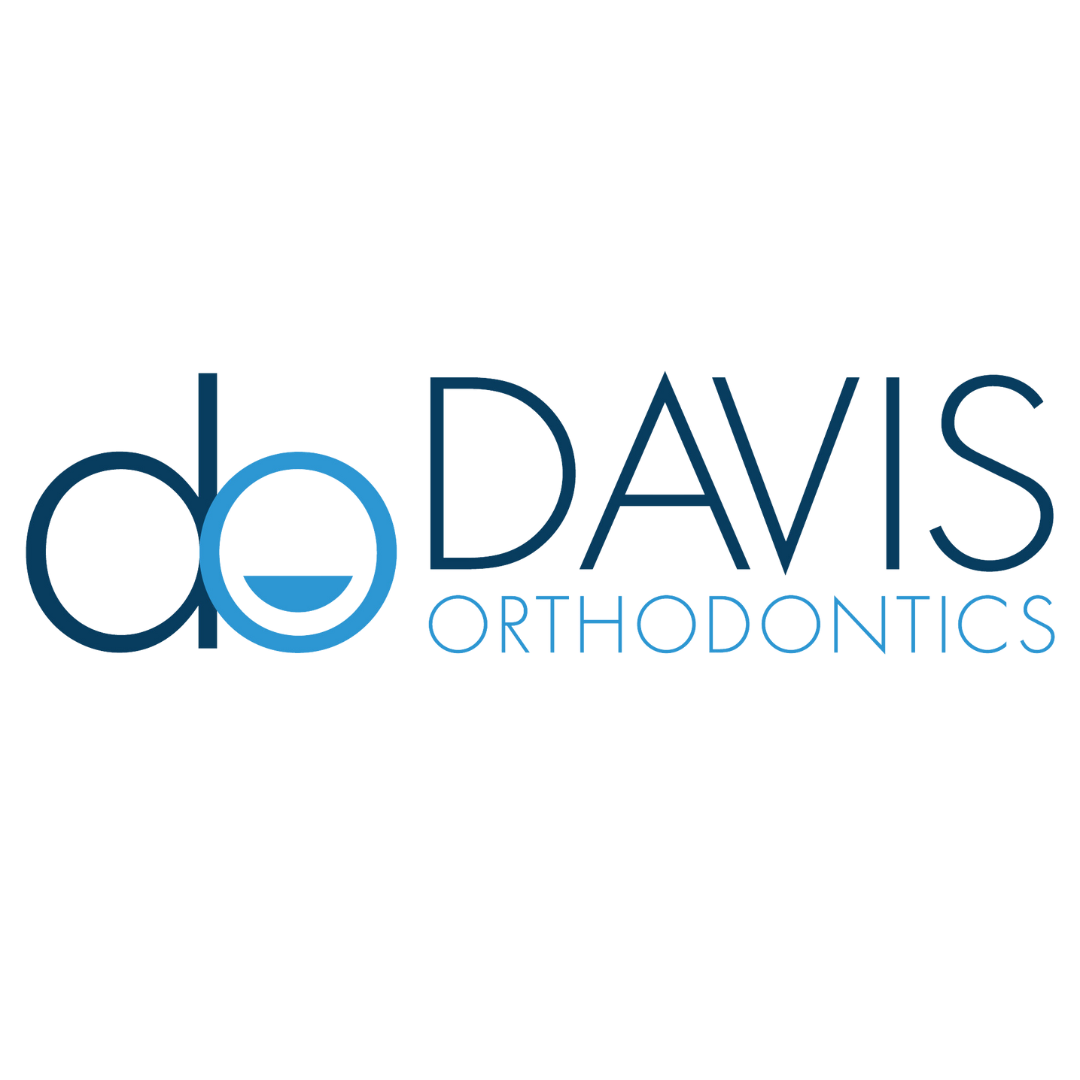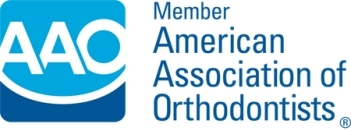Orthodontic Triage
Imagine this scenario. You are sitting down to a holiday meal and you cannot wait to dig into all the delicious food. The first thing you grab is a piece of warm, crunchy bread smothered in creamy butter. You take a big bite and next thing you know you feel a crunch and pop! You just felt a bracket come off or a wire/fixed retainer become loose. You feel the poking and panic starts to set in as you know our office is closed. It isn’t possible to get it repaired until after the holiday, but you don’t want to spend the rest of the holiday uncomfortable. This seems like an emergency. What do you do?
Firstly a loose bracket, fixed retainer, or wire is not an emergency, and there is no need to panic. The wonderful thing about braces and retainers is that most things can be handled at home with just a pair of tweezers or a pair of finger/toenail clippers, wax, and a mirror.
Pokey Wire:
If the wire has come out of the last bracket, try this first! Take a pair of tweezers and grab the wire. Then using the mirror look for the last bracket and you should see a small tube toward the bottom of the bracket.


Use the tweezers to slide the wire back into the tube. It may take a few tries, but it can be done. If the wire is too stiff, you can’t get it back in, or the last bracket is off so there is no tube for the wire to fit into, you can take a pair of fingernail clippers and clip the wire just before the last bracket so that the wire ends between two brackets.
Loose Bracket:
If you have a bracket that has become loose and is still on the wire, the easiest fix is to use wax. You should have wax that was given to you when you first got your braces. If you need more, any pharmacy should carry it in their oral hygiene/dental aisle.
First prepare the wax by pinching off a piece and then rolling it in between your fingers to warm it up and make it more moldable. Then using a tissue or cotton ball, dry the area where the bracket is located. Drying the area first and keeping it dry will create a seal and prevent the wax from easily falling off. Next press the wax onto the dried area and smooth it over the bracket and tooth.
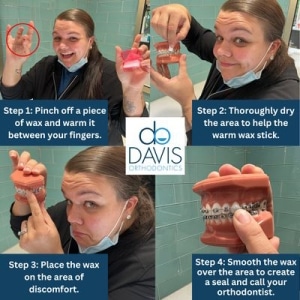
If the bracket has come off the wire, make sure you save it so that we can rebond it when you come back into our office. You then can either place wax on the pokey wire or clip it using finger nail clippers (cuticle clippers also work very well).
Fixed Retainers:
Fixed retainers don’t often become loose, but they are not permanent so it can happen. If your fixed retainer comes all the way off, SAVE THAT WIRE! We can reuse it and rebond it to your teeth. If you don’t save or or lose it, there will be a fee to replace the wire.
If just a portion of the wire has become loose, the first trick to get you more comfortable is using the eraser end of a pencil and pushing the wire towards your teeth. Then if your removable clear retainers still fit (they should if you have been wearing them like you should), you can wear it to create a buffer between your wire and mouth. If you don’t have a removable retainer or they no longer fit, use wax and the steps outlined previously to properly cover the wire located in the loose bracket paragraph.
After you have performed some “orthodontic triage” the next thing to do is to either message our Dental Monitoring Coordinator through the Dental Monitoring app if you have it or text our office at our regular number. By keeping us in the loop, we can properly schedule you in our office after the holiday and get you good as new!





 A floss threader resembles a large, flexible plastic needle. Using this method, you feed a strand of floss through the loop of the floss threader and then thread the pointed end of the floss threader through the wire at the gum line to floss as normal. You can also forgo using the floss threader and thread your floss between the wires and teeth, but why make it harder? Water picks are also a very popular flossing tool to use as well. Even though flossing is a little more involved than before braces, it still needs to be done to remove food that often gets stuck in between your teeth and around braces. If food and liquids other than water sit on the surface of the teeth continuously, it can cause staining or even cavities.
A floss threader resembles a large, flexible plastic needle. Using this method, you feed a strand of floss through the loop of the floss threader and then thread the pointed end of the floss threader through the wire at the gum line to floss as normal. You can also forgo using the floss threader and thread your floss between the wires and teeth, but why make it harder? Water picks are also a very popular flossing tool to use as well. Even though flossing is a little more involved than before braces, it still needs to be done to remove food that often gets stuck in between your teeth and around braces. If food and liquids other than water sit on the surface of the teeth continuously, it can cause staining or even cavities.